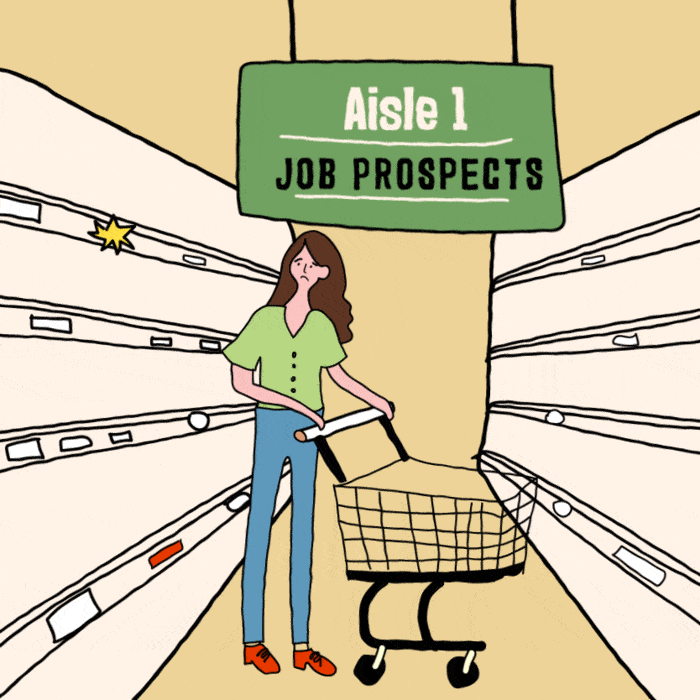The Quiet Freeze: Why Jobs Are Scarce Even with Low Unemployment
Market experts agree we’re in a slow hiring environment right now, yet unemployment is still low. What’s going on with the job market in 2025?
If you talk to anyone looking for a new job, odds are you won’t get a happy report. Hiring is at its lowest point in more than a decade, with some career professionals straight up calling it “trash.” It’s particularly brutal for new college grads and professionals in disciplines such as Human Resources.
Traditionally, a tough market would show up as a high unemployment rate. Economists consider 4-5% a healthy rate, because it signifies most people have a job, yet there are still folks available to fill open positions. The July rate was 4.2%. In specialty fields, like engineering, it’s even lower at 2.0%. This follows a much-talked about downgrade to the previous months’ jobs reports.
How is it that we have such a low unemployment rate in a bad job market? What gives?
Low Hiring, Low Firing
While hiring is at a low ebb, the same can be said for downsizing. While some industries, like tech, have been hit harder than others, the overall lay off rate is actually down from last year. In fact, it’s even lower than pre-pandemic levels.
In other words, companies aren’t as quick to let people go as in previous downturns. The post-Great Recession economy taught leaders a lesson on how tough it is to rebuild after you let talent go. Teams struggled for years trying to recover from the losses, and that lesson seems to be sticking.
So, while it’s an uphill climb for anyone who’s been laid off, there are fewer people in that boat than there would’ve been in the past.
Labor Force Participation
The American Labor Force Participation rate has seen a decline from its post-pandemic peak of 62.8% in November 2023 to 62.3% in June 2025. While that might not seem like a lot, the size of the current US civilian workforce is around 170 million people. That means every percentage point is 1.7 million people.
What’s behind the decline? Is it lazy people who don’t want to work? Workers who give up because companies don’t pay enough?
The main culprit is an aging population. More workers are moving into the older brackets, which means a growing number are retiring early or have longer gaps in work histories often due to medical issues or other age-related factors.
Where Are the Young People?
As the Baby Boomers and Gen X age out of the job market, there simply aren’t enough younger workers coming in to replace them. This is largely due to the U.S. birth rate declining to its lowest level in history.
We first saw signs after the pandemic, which pushed many into retirement earlier than planned. This created ripple effects as manufacturers, retailers, restaurants, etc. found themselves unable to hire, or retain, critical employees. The slower job market eased this tension, but even a moderate uptick in hiring activity would put us back in the same place. Simply put, the current job market has fewer people available to fill open positions, no matter how few as those openings might be.
It also means fewer people on unemployment benefits compared to the number of job openings. So that 4-5% unemployment rate may now signify a slow job market, not a healthy one.
A New Reality
These three factors change the game when it comes to job market analysis and forecasting. Unfortunately, we can expect most industry experts to hold onto old assumptions for as long as possible – it’s human nature to resist change. That’s a bad strategy – not only to figure out what’s going on, but also to create solutions.




